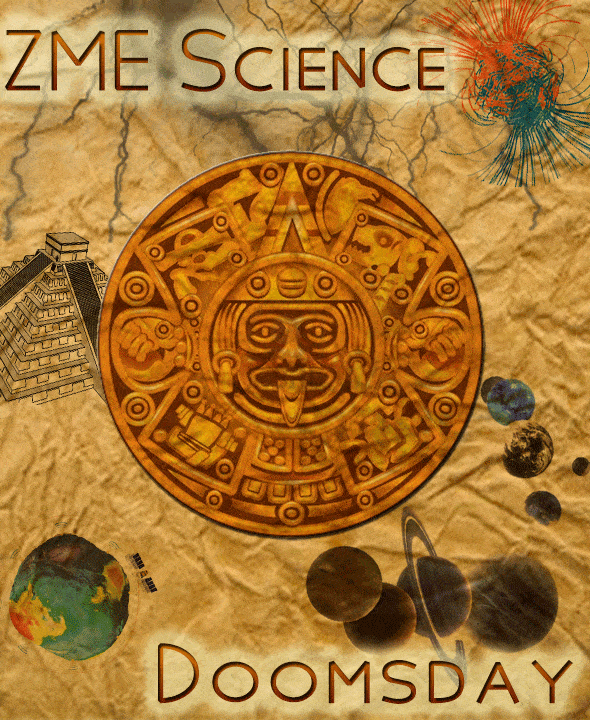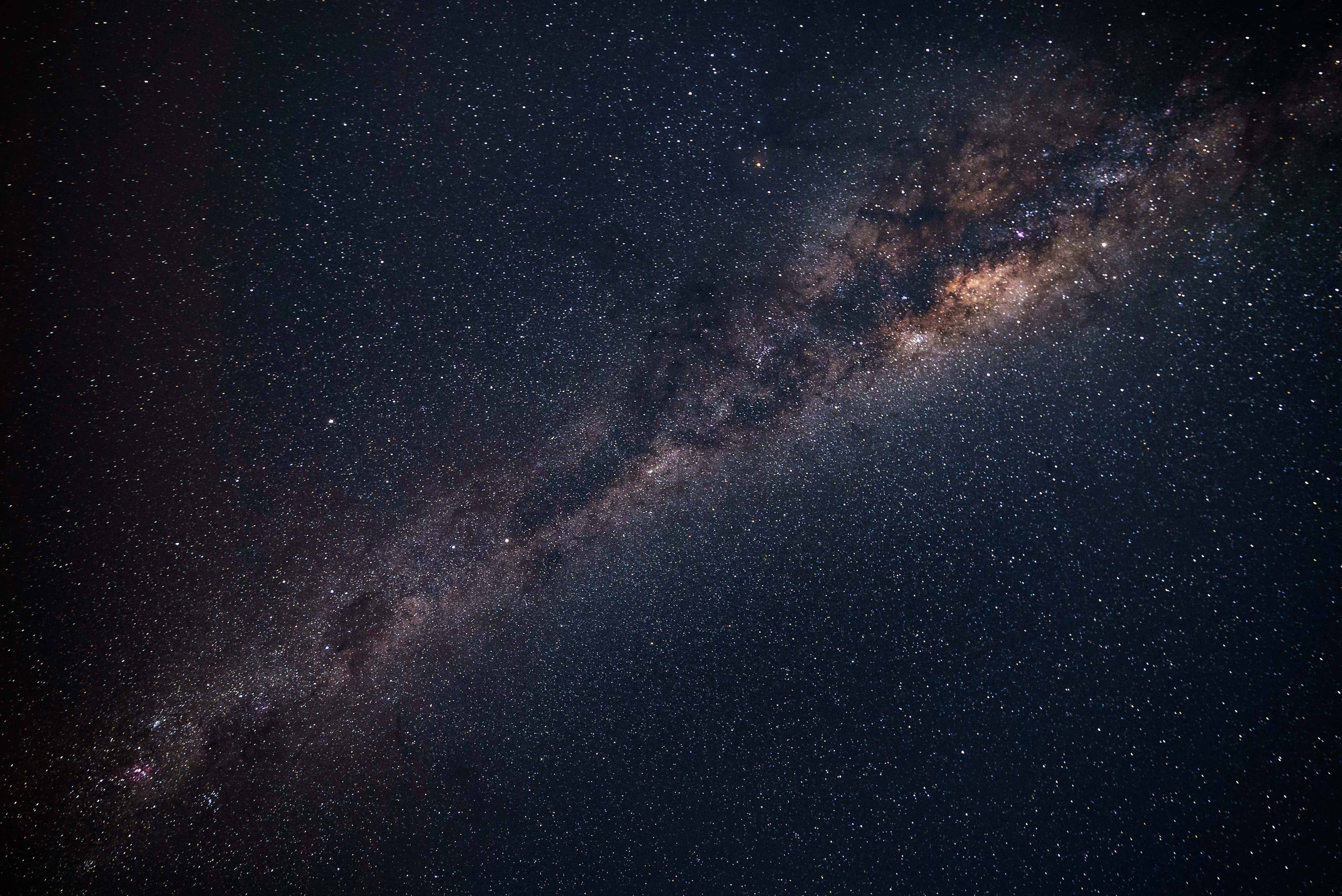
On December 21 the solar system’s planets will align and/or the sun will also align in turn with the center of the Milky Way Galaxy, which only happens once every 25,772 years, coincidentally with the end of the 13th Bak’tun in the Maya Long Count calendar (December 21st, 2012). The Maya having a superior astronomical knowledge that surpassed that of today knew that this event will happen and thus set their Long Count calendar to end on this day because the alignment will cause something to happen.
Reality check
Our galaxy, the Milky Way, is like a disk 100,000 light-years across and 1,000 light-years thick. At its center, like in the case of most galaxies, lies a supermassive black hole that tugs all the other stars and satellite galaxies around it. First of all, the sun and the Milky Way’s core can be seen as two geometric points, and as such when connecting the two they will always be aligned, no matter what position the two might be relative from one another. It’s simple common sense. However, if we throw in the Earth into the mix, then a three way alignment of our planet, the sun and Milky Way black hole, is a whole different matter. I won’t go into the details of what consequences might ensue as a result of this alignment (little to any), it’s suffice to say that such a galactic alignment is extremely rare, and by no means will it occur on December 21. The next such alignment will happen in 4 million years.
Regarding an eventual planetary alignment within our solar system, I’ll leave this to NASA:
There are no planetary alignments in the next few decades and even if these alignments were to occur, their effects on the Earth would be negligible. One major alignment occurred in 1962, for example, and two others happened during 1982 and 2000. Each December the Earth and sun align with the approximate center of the Milky Way Galaxy but that is an annual event of no consequence.
Read about other popular Mayan doomsday “prophecies” from our debunking series:
- Doomsday part 1: The Maya calendar predicts the end of the world
- Doomsday part 2: Nibiru (Planet X) is coming
- Doomsday part 3: The magnetic poles are shifting!
- Doomsday part 4: solar flares
- Doomsday part 5: Planetary and galactic alignment
- Doomsday part 6: asteroid strike






